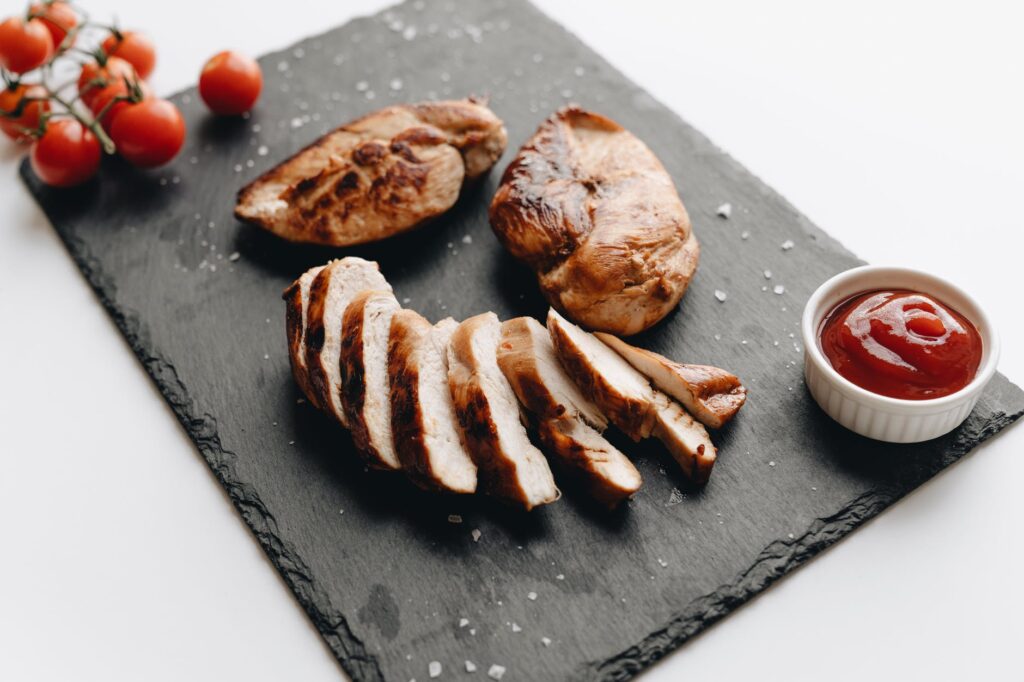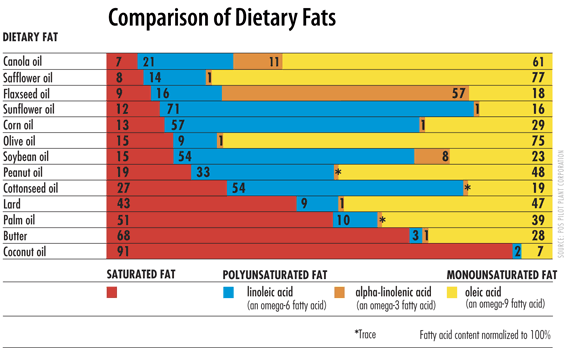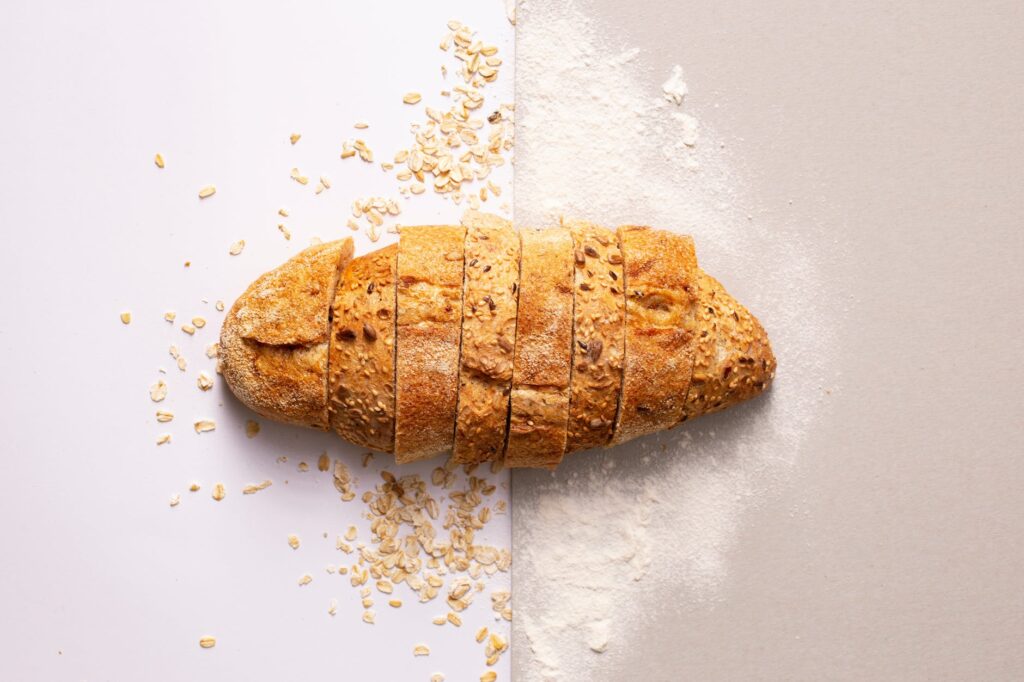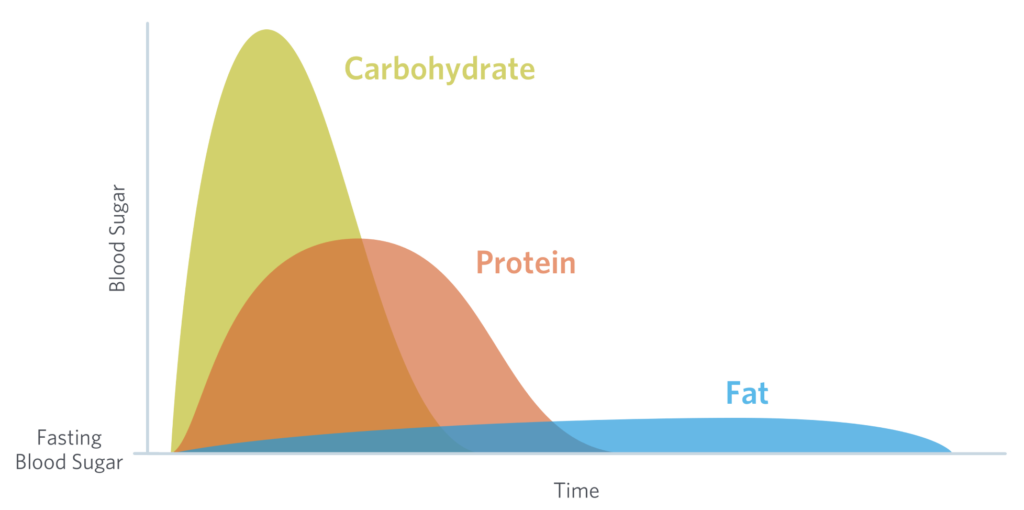The Basics: Macronutrients

As part of The Basics series, we will explore the foundations of nutrition. Today’s topic is the four big building blocks of food that give you the energy to stay alive, move, and function each day.
Understanding these groups and finding the balance between them comes in handy when you are planning your diet and it will also help you make better food choices throughout your fitness journey to live a healthier, happier life.
Everything you eat has a certain amount of energy that is measured in calories (kcal). The more calories you eat, the more energy your body has available to utilize. Unused calories will be stored as body fat, and in case of an energy deficit, fat and muscle tissues will be broken down to serve as fuel. So, to achieve your fitness goals, maintaining a healthy energy balance is crucial.
Calories come from three major food components (four if you include alcohol) that are called macronutrients (macro meaning big):
- Protein
- Fat
- Carbohydrate
- +1: Alcohol

When you choose something to eat or examine a food label, try to prioritize in the same order; have a lot of protein, some fat, and keep carbohydrate intake as low as possible. And of course, alcohol, too, if you can help it.
Protein and carbohydrate both contain 4 calories per gram, fat has 9, and alcohol has 7 calories per gram.
For each category, we will use traffic light colors to give you an idea of how you should relate to each group of nutrients.
Protein Is King

Your body uses proteins in several ways. They are used for building and repairing tissues, for building antibodies, and to create hormones and enzymes.
When no other macronutrient is available, it can also provide instant energy to move your muscles but it’s far more complicated than the metabolism of carbs or fat, so your body considers it only as a last resort.
Proteins are made out of smaller molecules called amino acids, which are linked together to form long protein chains. Out of the 500 amino acids presently known to science the human body uses only 20 to make all the proteins it needs to function and grow. Because amino acids can be arranged in many different combinations, your body can make thousands of different kinds of proteins from just the same 20 amino acids.
Some of the amino acids can be produced by your body, while others have to come through your diet. The latter are called essential amino acids. Three of these essential amino acids have an aliphatic side-chain with a branch, hence their name Branched Chain Amino Acids or BCAA.
Protein-rich foods include meat, fish, eggs, dairy products, and beans. The closer a species you eat is related to the humans, the better the amino profile — which makes sense, as their tissues are similar to your tissues. So, weirdly, cannibalism would give us the ultimate amino profile. (No, don’t do it.)
Fat Is Not The Enemy

Fat provides energy and helps your body use vitamins A, D, E and K. It supplies more than twice the calories per gram as protein or carbohydrate and, as such, is a highly concentrated source of energy.
Foods containing fat include butter, margarine, oil, nuts, meat, fish, dairy products.
Trans Fat
Today the scientific consensus is that trans fats are bad for your health. It finally has been banned in all developed countries, so it’s very unlikely that you will ever encounter it.
Saturated Fat
Contrary to popular belief, there is precisely zero scientific evidence that the consumption of saturated fat would be bad for human health.
Unsaturated Fat
This is what people call “healthy” fat. Ironically, recent studies indicate a connection between increased consumption of plant-based fats high in omega-6 fatty acids (corn oil and sunflower oil in particular) and possible adverse effects on cardiovascular disease and other outcomes. Olive oil and coconut oil on the other hand —although plant-based — are considered healthy options since their omega-6 ratio is low.
See the graph below and feel free to read another article and watch an academic presentation on the subject.

Carbs

Carbohydrates (or carbs) provide energy to fuel your activities. The energy comes from the breakdown of sugars and starches, which your cells can then convert to usable power. Carbs elevate blood sugar levels more than protein or fat.

There are 3 types:
Sugar
Sugars are the fastest-acting nutrients. This is why it’s a good idea to take them half an hour before your workout so that your energy level is high when you hit the gym.
But other than that, avoid it at all costs. You are better off without constant blood sugar swings that can influence your appetite, your mood, and your health, all in a negative way.
If you do have to eat sugar, do it at least in combination with other macronutrients so that the digestion is slowed down a little.
Starch
Plants need the same sugar (glucose) as humans do to live and grow. To store excess energy for later use, plants build starch structures from these glucose molecules. This is the same concept as humans turning excess energy into body fat.
That’s why starches are a little more complex than sugars and it takes a little longer for the body to process these. Starches are first broken down to sugar (glucose) and then the metabolism is the same.
Starch is found in rice, corn, and wheat. It should be as little processed as possible; whole-grain bread or brown rice is always a better choice than its white counterpart because the added fiber helps slow down digestion.
For this reason — just like sugar— starches should be combined with fat, protein, and fiber to further flatten the blood sugar curve.
Dietary fiber
There are two kinds of fiber: soluble and insoluble.
The insoluble one is pretty boring, it just leaves your body unchanged during one of those sessions in your bathroom.

The soluble one is more exciting. You cannot digest these either but the handsome bacteria to the right can.
In turn, it produces fatty acids that are digestible by your body. The energy density of this bacterial byproduct is estimated to be around 2 kcal per soluble fiber consumed but since the amount of this is neglectable, we normally ignore it.
You should consume fiber as much as you can because it slows down digestion and helps you maintain a steadier blood sugar level.
Alcohol — The Forgotten One

Calories come from alcohol as well; at 7 kcal/g alcohol is almost double as dense in energy as protein or carbs. If you also add some juice or syrup to fix a cocktail, you can easily end up with a calorie bomb.
If it’s wasn’t bad enough, alcohol has no nutritional value but it does have a jump-the-line VIP ticket to your liver (that’s the organ normally responsible for metabolizing fat), so all the ongoing fat-burning in your body is suspended until the last drop of alcohol has been processed.
Bad enough? Wait, there is more. Alcohol also messes with your hormones and blood sugar, making you hungry. That’s why without fail you end up with a pizza after a night out.
Want even more bad news? Excessive alcohol consumption also leads to serious damages to your organs, especially your brain and your liver. Of course, all this doesn’t mean that you can’t enjoy alcohol every once in a while but moderation is your friend. You can have a campfire without burning down the house.










